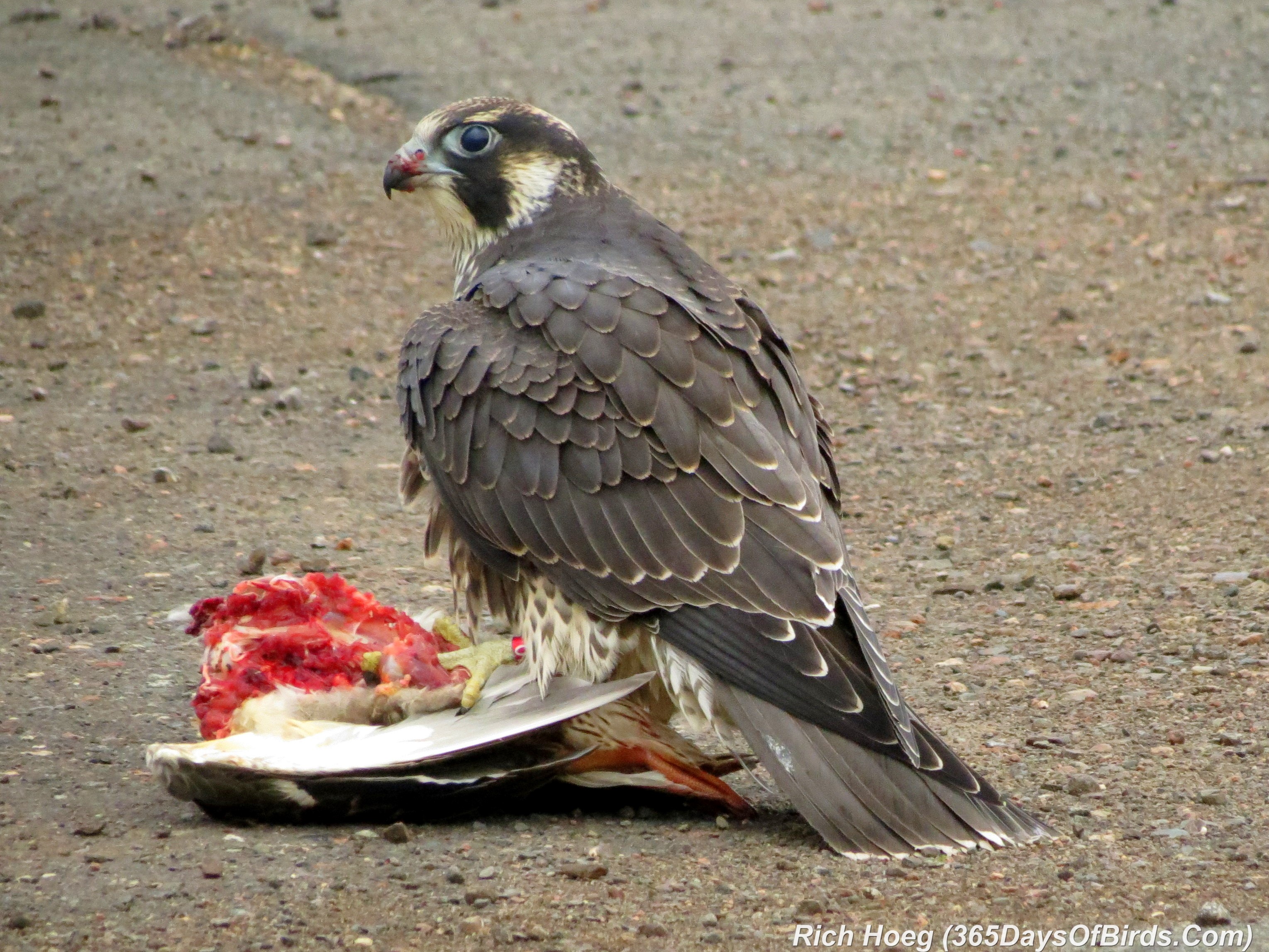

Accipiters and Buteos also start moulting the primaries with the 10th primary (the one farthest from the body).įalcons start moulting their primaries with the 7th primary from the wing tip, or the 4th from the body. These birds all have strong feet and talons which is their main weapon. They all share some common features such as large, oval nostrils and incompletely ossified nostril bones. Falcon General name given for Falconidae, a heterogeneous family of long-winged birds of prey closely related to the Hawk. Hawks, Accipiters, and Eagles are more closely related to each other than to Falcons. Because of the niche that the males occupy, they also tend to be a little more skittish, nervous, and on the move than the females, yet they also seem to be able to be hunted later into the spring than the females as their own biological niche is to continue hunting and not to be waited on. Likewise, the males of most species are smaller than the females, although the sizes may have some range of overlap. The birds in each genus are ordered from smallest to largest to help give an idea of how they all relate. All of these are of the same order – Falconiformes. They have been noticed to travel over 15,000 miles annually. Although falcons have been known to stay in the very same location the majority of their lives, most falcon types are migratory birds. There are four main types of birds used in falconry today. Falcons have sizes of anywhere from 9 to 24 inches nevertheless, the height of the falcon will depend upon its species.

New Zealand Falcon, Falco novaeseelandiae.Orange-breasted Falcon, Falco deiroleucus.Now populations are strong in those nations, and in some parts of the globe, there actually may be more peregrines than existed before the 20th-century decline. Captive breeding programs have also helped to boost the bird’s numbers in the U.S.

The birds have rebounded strongly since the use of DDT and other chemical pesticides was curtailed. Peregrine populations were in steep decline during the mid-20th century, and in the United States these beautiful falcons became an endangered species.


 0 kommentar(er)
0 kommentar(er)
